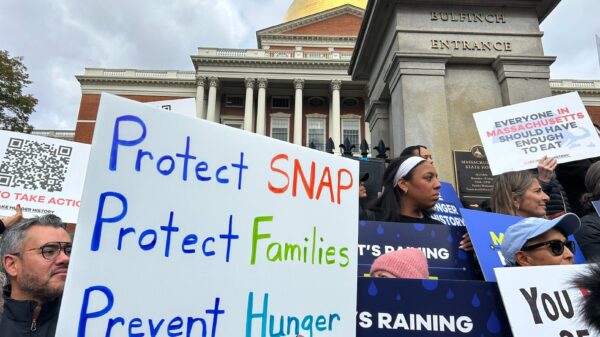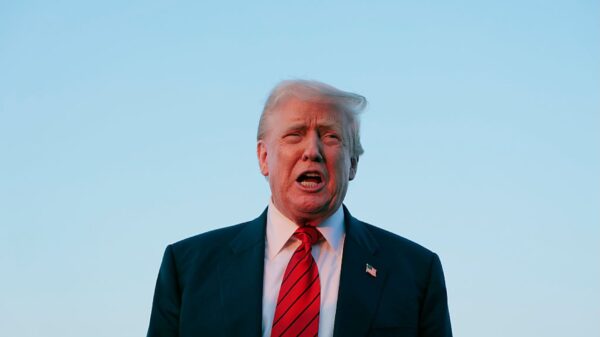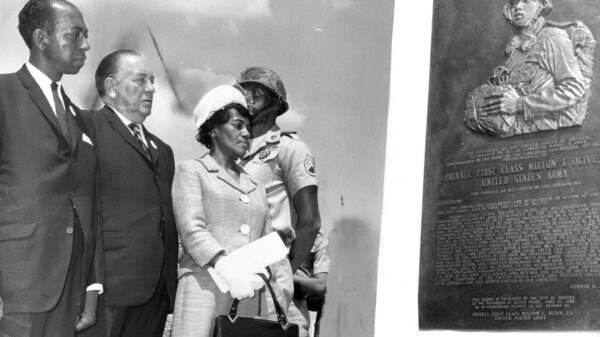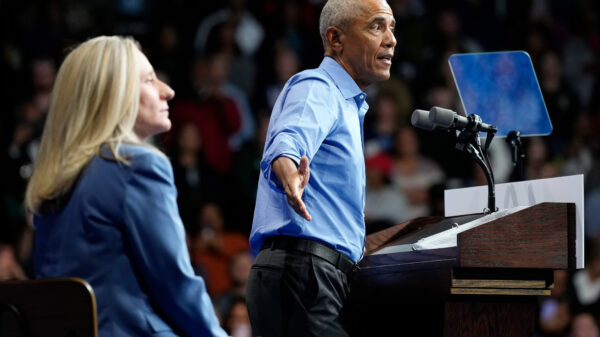Barack Obama has reemerged as a significant figure within the Democratic Party, stepping forward as the party grapples with its leadership strategy following the disappointing outcomes of the 2024 elections. The Democratic Party, having faced notable setbacks, is looking to establish a clearer direction and regain its footing in the political landscape.
As the party assesses its future, Obama’s involvement highlights the ongoing challenges Democrats face in unifying their base and appealing to a broader electorate. The recent elections revealed vulnerabilities, particularly in key battleground states where voter turnout fell short of expectations. This has raised urgent questions about the party’s messaging and candidate selection for the upcoming electoral cycle.
Assessing the Current Landscape
The Democratic Party has been navigating a complex political environment, with the results of the 2024 elections serving as a wake-up call. The loss of several pivotal races has left party officials and supporters seeking clarity on their next steps. According to recent analyses, voter dissatisfaction and a lack of cohesive strategy contributed to these outcomes, prompting a reevaluation of leadership.
Obama, who served as the 44th President of the United States from 2009 to 2017, is well-regarded among many Democrats for his ability to connect with diverse voter groups. His reentry into the political arena could serve as a stabilizing force for the party, especially as potential candidates for leadership positions emerge. The former president’s experience and popularity may provide the party with the necessary guidance to navigate its challenges.
As the party looks ahead, discussions around potential leaders have intensified. Names such as **Gavin Newsom**, the Governor of California, and **Stacey Abrams**, a prominent voting rights advocate, have surfaced as possible contenders. The party’s ability to rally around a strong candidate is crucial for regaining lost ground and enhancing voter engagement.
Looking to the Future
The Democratic Party’s strategy moving forward will hinge on its capacity to address the concerns of its constituents effectively. Analysts emphasize the importance of creating a robust outreach plan that resonates with voters, particularly in communities that felt overlooked during the recent electoral cycle.
With Obama’s influence, party members are hopeful that they can rekindle the enthusiasm that marked his presidency. His approach to issues such as healthcare, climate change, and social justice continues to resonate with many Americans. This connection could play a pivotal role in shaping the party’s platform as it prepares for future elections.
The upcoming months will be critical for the Democratic Party as it seeks to define its identity and leadership structure. Engaging with voters, understanding their priorities, and presenting a united front will be essential for any chance of success in the next electoral cycle. As the party navigates these waters, Obama’s presence may serve as both a guiding light and a reminder of the work that lies ahead.
In summary, Obama’s renewed engagement with the Democratic Party serves as a crucial turning point for the organization. As it confronts the aftermath of recent electoral defeats, the party must work diligently to chart a new course that resonates with the American electorate.





































































